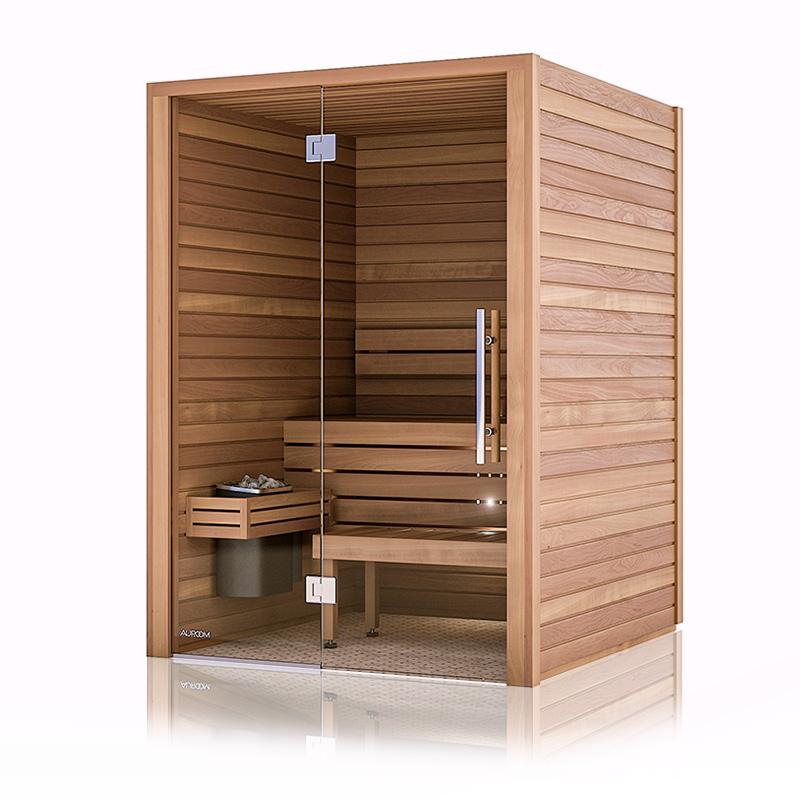Traditional Sauna Can Be Fun For Anyone
Traditional Sauna Can Be Fun For Anyone
Blog Article
The Definitive Guide to Traditional Sauna
Table of ContentsThe Buzz on Traditional SaunaTraditional Sauna for BeginnersGet This Report on Traditional SaunaTraditional Sauna - Questions3 Simple Techniques For Traditional Sauna
The majority of the weight shed in a sauna is water loss and is re-gained upon rehydrating. Without an uncertainty sauna can be an important component of a healthy and balanced weight loss program. To consider the distinctions in between conventional and IR saunas, I will separate these into verifiable, theoretical, and produced differences.Hence, the most popular point in the saunawhich goes to the ceiling straight over the sauna heateris normally in between 185 and 190 F. Claims that a conventional sauna surpasses 200 F is merely not real and not suitable for electrical saunas marketed in the United States. The temperature level for a far-infrared sauna is normally established in between 120 and 140 F; nonetheless, unlike the typical sauna, the objective in and IR room is not to achieve a high temperature.

When a standard sauna has actually been effectively heated up, the sauna wall surfaces are warm, the air temperature level has actually accomplished set temperature level and the rocks are super heated. As an interesting side note, the warmed walls and the rocks are producing far-infrared warmth, incorporated with the heated air, to develop an "enveloping warmth".
Fascination About Traditional Sauna
When the heat is achieved, the aspects cycle on and off to maintain the heat. The majority of conventional sauna individuals enjoy putting water over the rocks to develop steam to increase sauna moisture levels. The benefits of pouring water over the rocks include: making the room much more comfy, dampening the nasal flows, and enabling the usage of aromatherapy by blending important oils with the water.

When the power enters the body, it triggers the body temperature to boost and eventually causes sweating. In an infrared sauna it is essential for the emitters/heaters to continue to be on practically constantly. Considering that there is no mass of rocks to keep heat, the sauna will certainly cool if the emitters turned off.
The 7-Second Trick For Traditional Sauna
As stated over, the sauna bather in an infrared area wants to place himself in front of running emitters to obtain maximum gain from the warm. The heating time for the 2 spaces can be very various, depending on just how the spaces are utilized. For a typical sauna, a bather ought to permit 30-40 minutes for the area to accomplish a wanted temperature and to properly pre-heat the rocks.

A well created sauna will commonly attain a temperature of 150-160 F in regarding 30-40 mins. For hotter temperature levels, the area may need to heat for a longer period.
To some, 15 minutes was "lost" while the infrared power heated up the wood panels instead of warming a body, while others locate a pre-heated space to be a lot more comfortable and believe a raised beginning temperature is required to start perspiring. The size of advised use for each and every room is about the same (10-15 minutes per session); nonetheless, because of the reduced air temperatures and the capacity to really feel the effects of infrared heat quicker than a traditional sauna, it is not unusual for a person to invest a total amount of 20-30 minutes in an infrared sauna.
Traditional Sauna for Beginners

The ordinary price per kWH of electrical power in the united state is approximately $0.11, so a 4.5 kW heating unit will set you back roughly $.50 to run for one hour, if the heating unit runs continually for one hour. Commonly a sauna heater will compete 75% of the very first hour and 50% of succeeding hours on considering that the aspects cycle once the set temperature level is achieved.
A two individual far-infrared room is normally physically smaller pop over to this site sized than a conventional sauna, commonly about 4' x 4' or smaller sized. The IR heating system is generally 1.5-1.7 kW using a 120 volt 15 amp plug-in solution. Since the room can be utilized quicker than a sauna area, we will assume the space is utilized for to of an hour consisting of warmth up time.
Ultimately, there is a rarely talked about distinction in the social experience between the two areas. While our culture has lost a few of the social advantage of the standard sauna experience, it can be very socially satisfying (Traditional Sauna). From family time in the sauna, to heart-felt conversations with loved ones, to sauna partiesthe traditional sauna experience can lead to intimate socializing
Our Traditional Sauna PDFs
Most greater end infrared spaces include tinted light treatment, sound systems and full-glass fronts.
Report this page